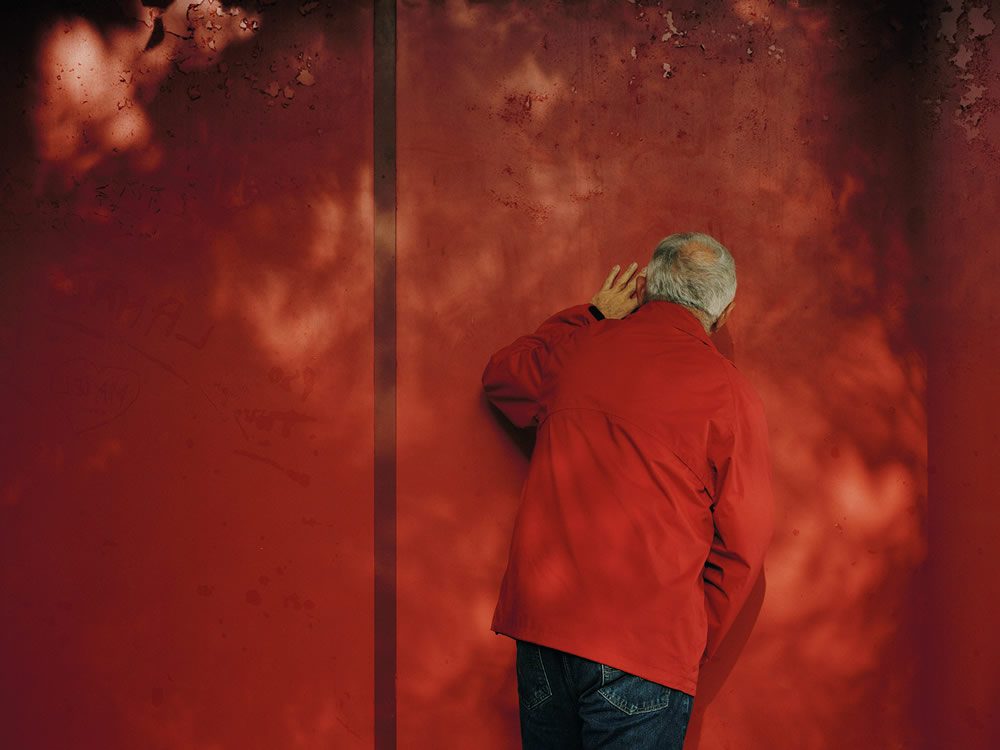I’ve been promising an article about music processes for a while.
So this week, having been inspired by a particular piece of music, I’m going to focus on one particular kind of procedure – which doesn’t really have a name. I’ll just try to describe it.
The idea is to set up a rule or two, insert some music material into the rule, and generate more music automatically. This sounds awfully cold, like an equation, but the process is what you make it, and if you put emotion in then it will filter through.
generate more music automatically
One intriguing benefit is that there is no software yet, that I know of, that automates the process, so you have to do it by hand. And manual work means that less people that can be bothered doing it!
The rule that I’m interested in is repeating a rhythmic pattern, whilst progressively changing notes into rests and rests into notes. This might be hard to visualise, but you can imagine it as a series of five light bulbs for example. If the bulb is lit, this corresponds to a note being played. If it is turned off, then it marks a rest – no note being played.
You might start with a pattern:
ON OFF OFF ON ON
As the pattern repeats you could start to make incremental changes to it. So after four repetitions you could reverse the first “note” and the the new pattern would be:
OFF OFF OFF ON ON
Then after more repeats you could move on to reversing the next note, and on and on until the whole pattern has been reversed:
OFF ON ON OFF OFF
I’ll be the first to admit that when applied to a couple of lightbulbs, this is not the most thrilling concept, but it is just a process – you can apply it, or something similar to any parameters in your music.
it’s important to remember that you create and control the rules and the parameters
It can be applied to more complex parameters too. You could use it to progressively change the pitches in a melody, or change what instruments plays which notes. It can reverse a complex rhythm over time.
Whilst you might think this is all very well – what use is it? Well, it creates a rock solid structure in your track, one that has a dynamic, forward-moving drive, and create constant change within a repeating environment. The pre-determined aspect of it might bother some people, but it’s important to remember that you create and control the rules and the parameters – it is all your own creation, it just follows a pattern. It’s certainly a more interesting pattern than using a drum loop (unless of course the loop works better for the result you want to achieve!).
Using these sorts of methods can lead to mechanical sounding music – and there are pros and cons to that. As usual, personal taste and good decision making is paramount in music making – knowing when to use something and when to leave it.
stay on the right side of chaos
I personally find that I get some interesting results setting two or three simple patterns off simultaneously…it can lead to a very rich listening experience, as long as you stay on the right side of chaos. These things work best when they can be comprehended, even if the listener might not be able to pin them down exactly.
My final words on this are going to probably end up becoming some kind of motto for these articles, but: whatever tricks, tips and methods you use, make sure to be true to yourself and only sacrifice musical quality for rule-following if there is an overwhelmingly important reason for doing so. If you set up a process that sounds great aside from one bad clash of notes in the middle…I’d say break the rule and fix the bad bit, who’s checking on you?
About Dave.
David Learnt composition (harmony, counterpoint and orchestration) to degree level through studying Schoenberg’s Fundamentals of Musical Composition. He is a founder member of Avant Pop duo Cnut, and orchestral doombience outfit Regolith.
Make Better Music is updated every Tuesday. For previous articles search for ‘Dave Graham’
Rope photo: Francesco Marino / FreeDigitalPhotos.net

David Learnt composition (harmony, counterpoint and orchestration) to degree level through studying Schoenbergs Fundamentals of Musical Composition, the classic text on twentieth century harmony by Vincent Persichetti, Henry Mancini’s Sounds and Scores, Rimsky-Korsakov’s excellent books on orchestration as well as studying any scores that intrigued me. He is a founder member of two bands, avant pop duo Cnut, and orchestral doombience outfit Regolith, and have performed across Europe with them.



















